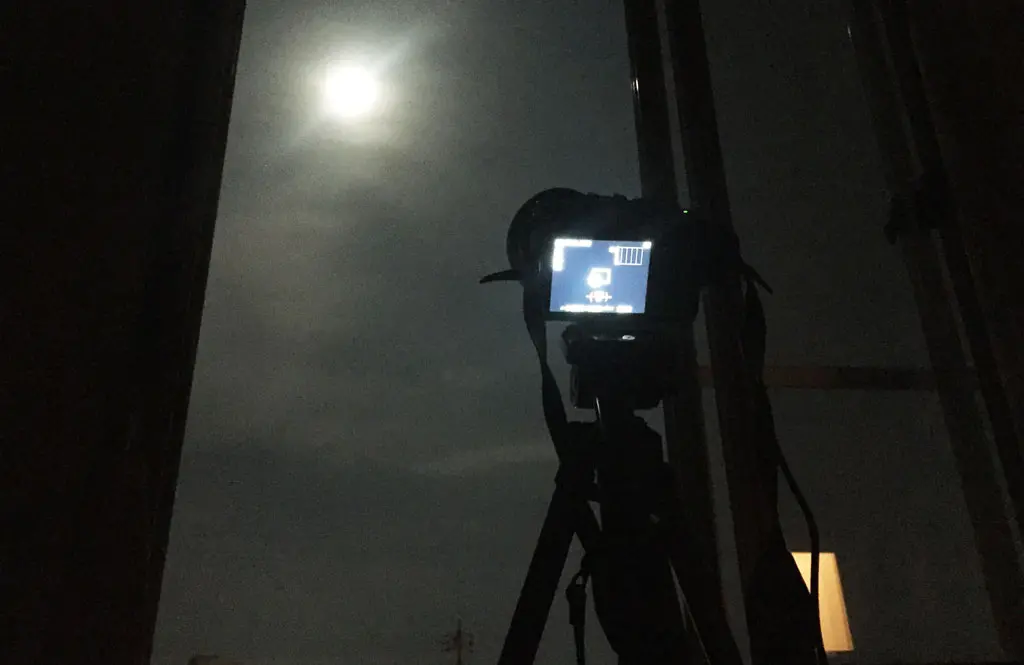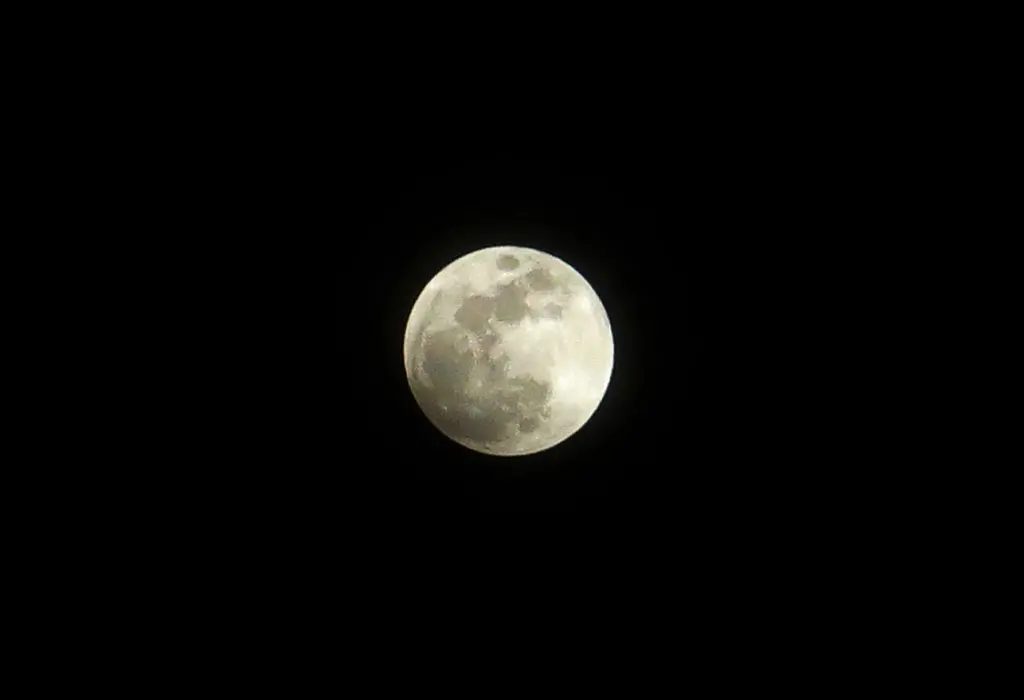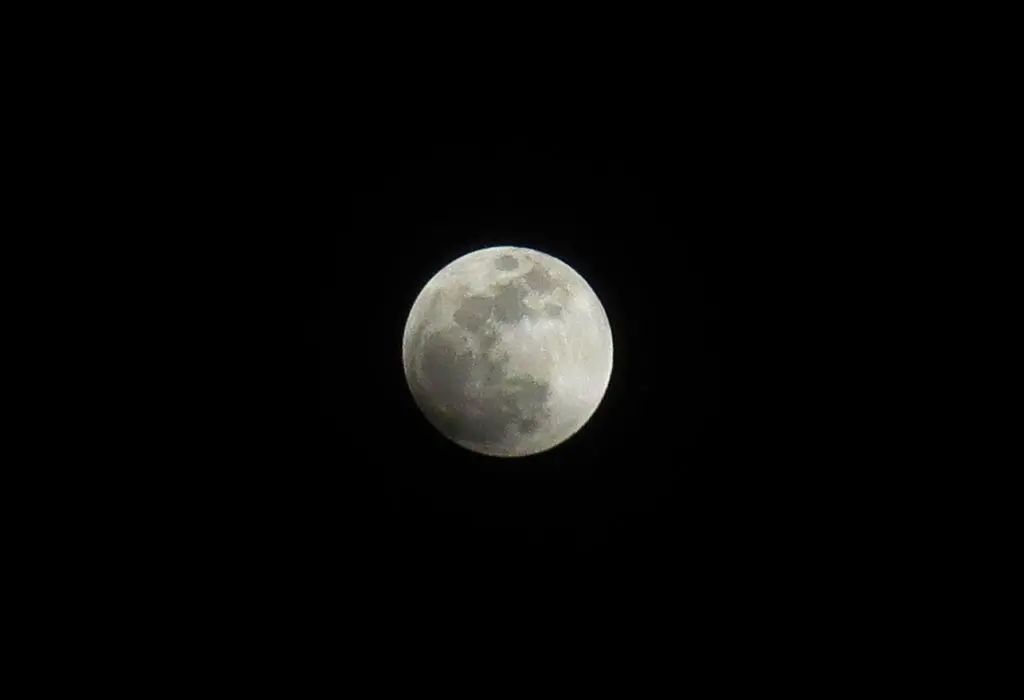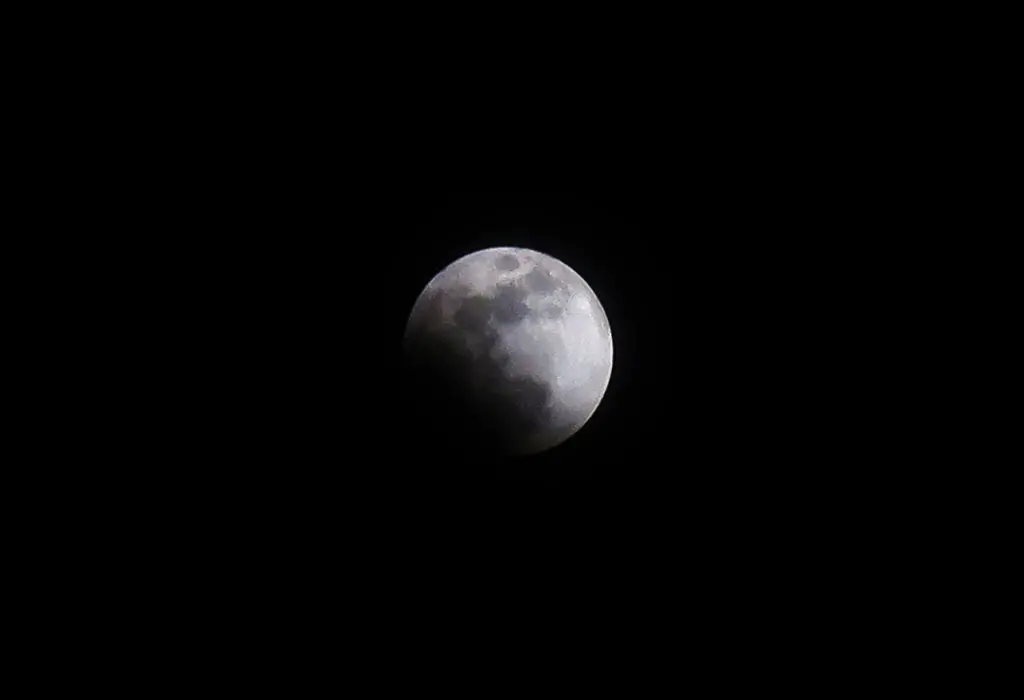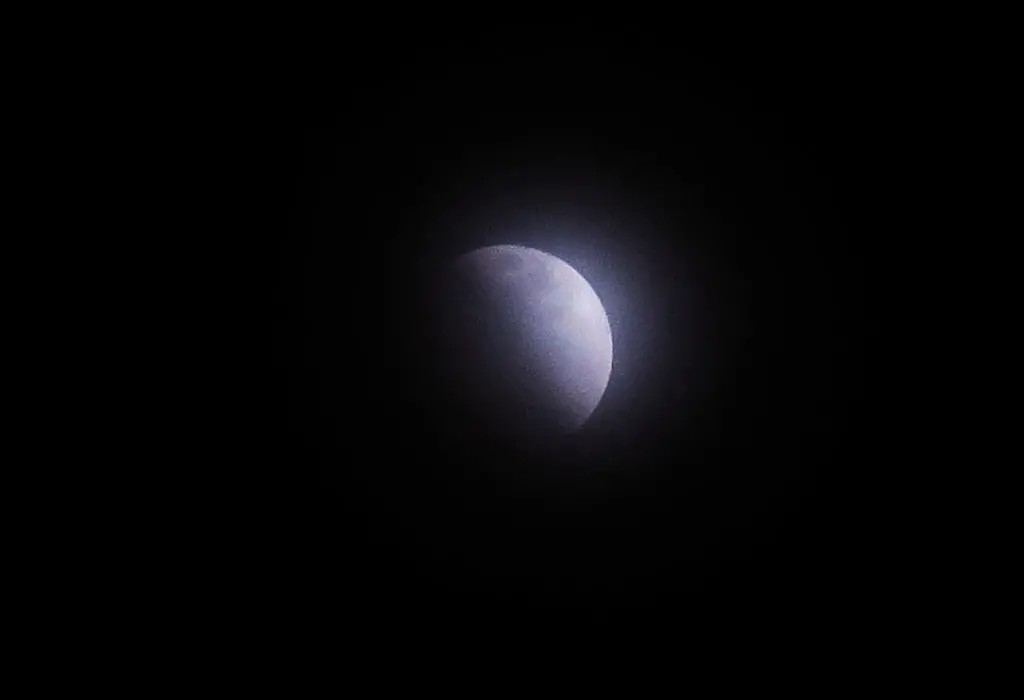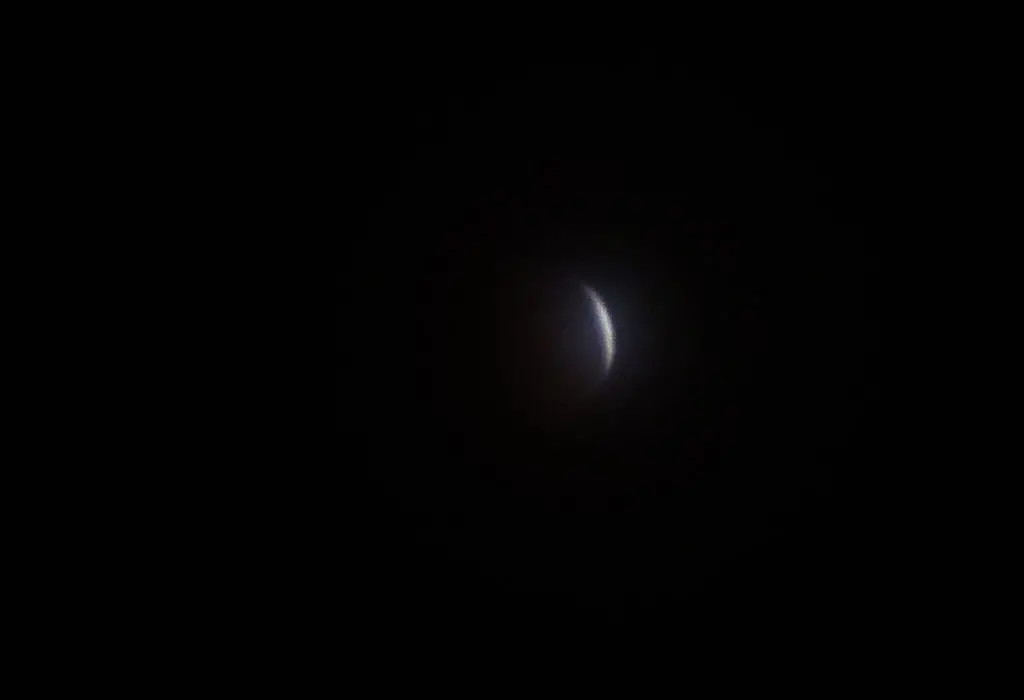Last year, the US had a rare chance to observe a total solar eclipse. During the day, the moon moved in front of the sun and cast parts of America in darkness for a short time. Total lunar eclipses are not so rare and seem to happen fairly regularly. The website https://www.timeanddate.com/eclipse/ has a list of all their occurrences past and present.
Living in Japan, I’ve already seen one total lunar eclipse in October 2014. It was a beautiful and clear night, so the red, blood moon cast in the Earth’s shadow was in clear clear view.
This January, there was another total eclipse, which began around 8:30pm. The weather was cloudy, but it was light with many breaks. The moon was clearly visible in the sky.
It was also cold cold cold. It was definitely below zero. Maybe -4? I thought about driving to somewhere beautiful and open to view the eclipse, but it was just too cold for me to sit outside. The moon was clearly visible from my apartment, so I simply set up my tripod in my kitchen, opened the window, and shot the moon from there.
With the lack of indoor heating in Japan, the cold temperature indoors really made no difference. My apartment usually feels like it’s colder inside than outside anyway. It only lacks the wind. Besides, sitting under a pile of blankets (as I usually do at home) would be warmer than sitting around outside.
Here was the schedule for the eclipse:
Penumbral begins - 7:50pm
Partial begins - 8:50pm
Full begins - 9:50pm
Maximum - 10:30pm
Full ends - 11:10pm
Partial ends - 12:10pm
Penumbral ends - 1:10pm
The penumbral is a partial shading or dimming of the moon as the Earth begins to eclipse the sun. The partial is when the full shadow begins to engulf the moon.
This is the moon well into the penumbral and minutes before the partial began to creep. I don’t really see much difference. I guess maybe the moon dimmed a little bit more than normal, but it’s still in full view.
But as the partial began, the moon definitely started to show a noticeable difference.
The shadow started to form in the lower left and, steadily over the next hour, it would move the completely cover the moon.
Unfortunately, as the moon continued to rise higher in the sky, it was met with more and more clouds. The moon still showed through the clouds, but became dimmer and more obscured.
I was still able to stretch the focal length of my camera and extend the exposure to capture the moon, but with time passing, the details and of the moon blurred more and more.
As 9:50pm approached and the total eclipse should have been visible, the cloud cover became too great, and I lost any visual of the moon.
It’s unfortunate, but I was glad to be able to see as much of the eclipse as I did. I went outside a few times after to try and see it, but the clouds completely cover the sky. I couldn’t even remotely tell where the moon would be behind the clouds.
Not everywhere in Japan was covered up, though. Down in Gifu City, it was a completely clear night. Same with Nagoya and Tokyo. There were some photographs that came out of Tokyo that are quite stunning.
I made a few animated gifs with the several photos of the eclipse I was able to take. :)
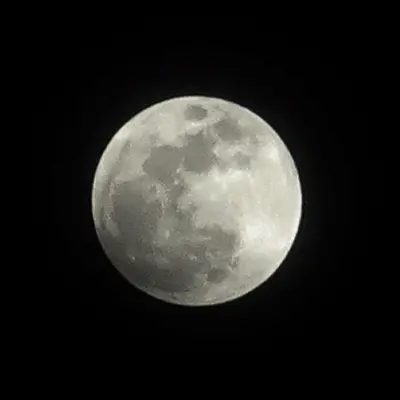
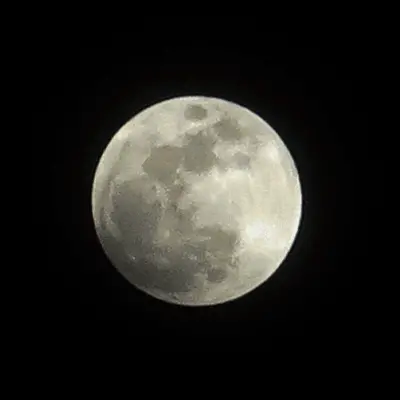
The next total lunar eclipse visible in Japan will be in July, but it’ll be an early morning eclipse rather than one at night. It will be visible for a little while before the moon sets over the horizon.
